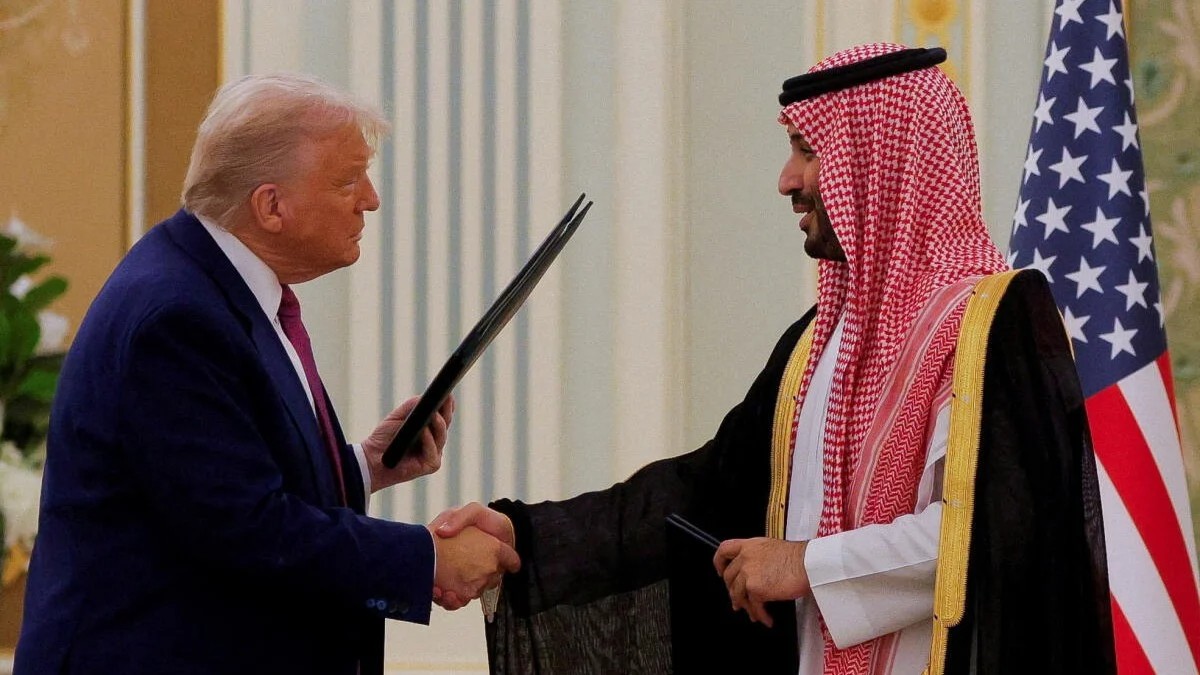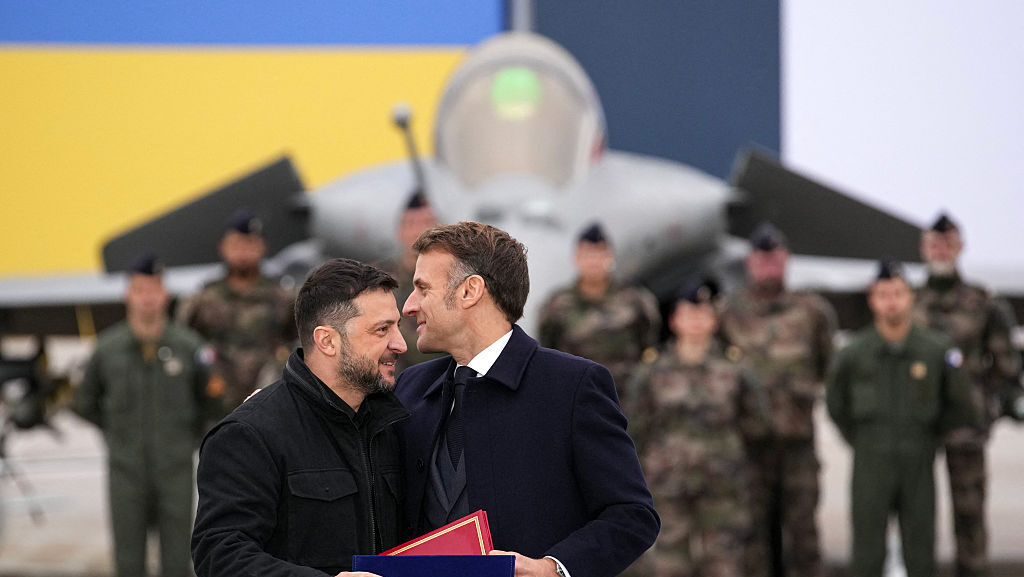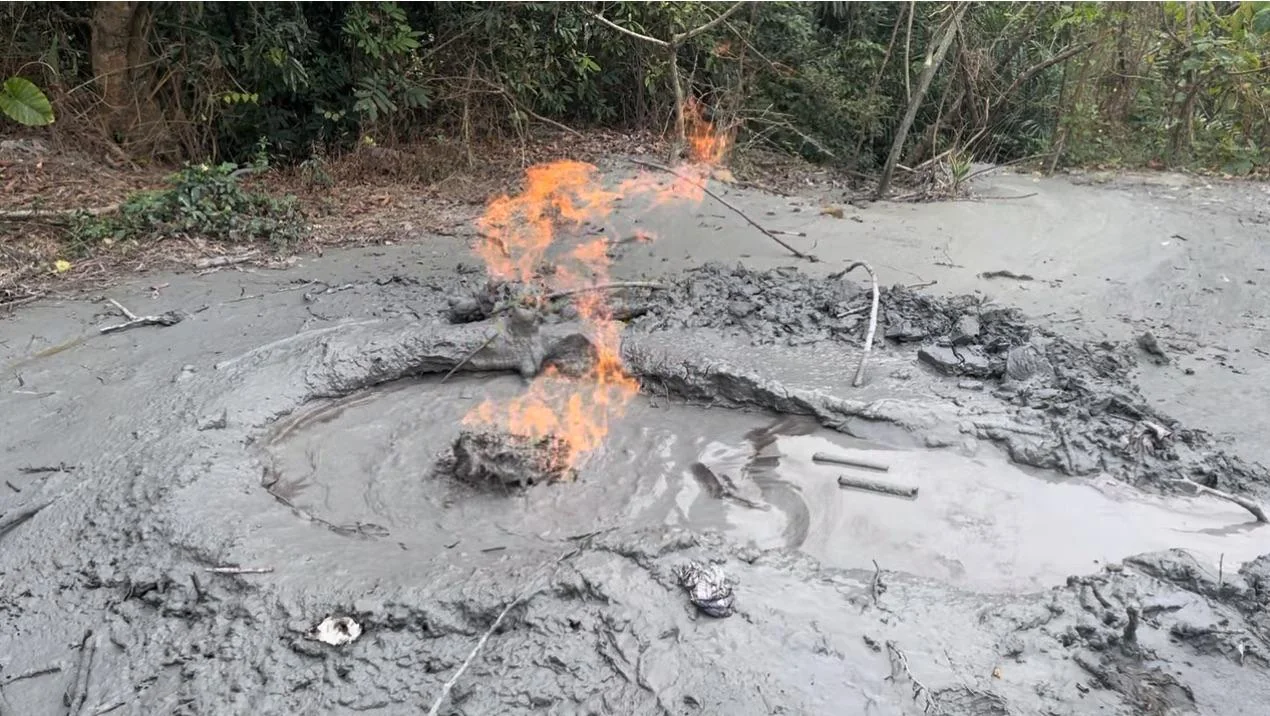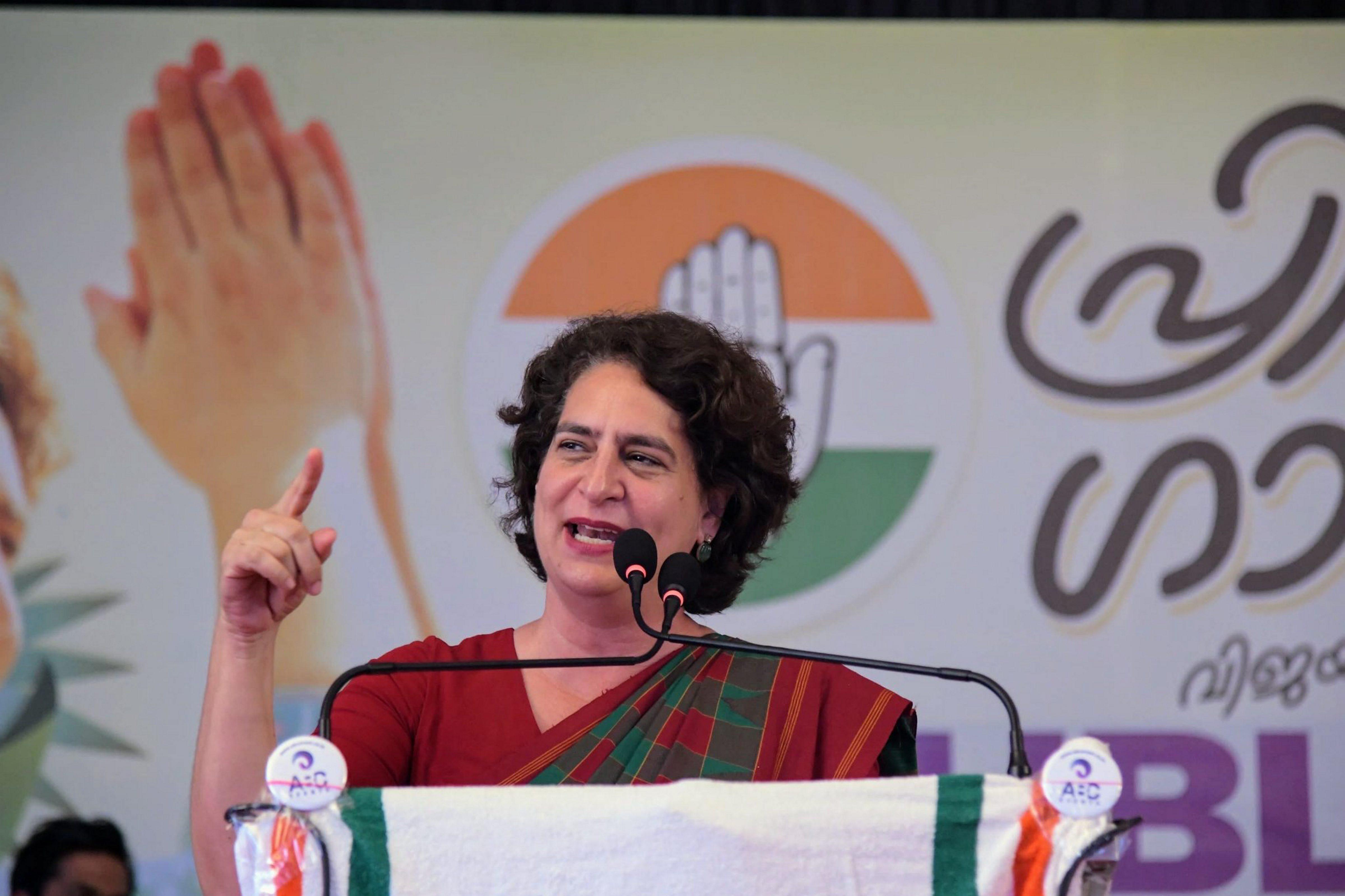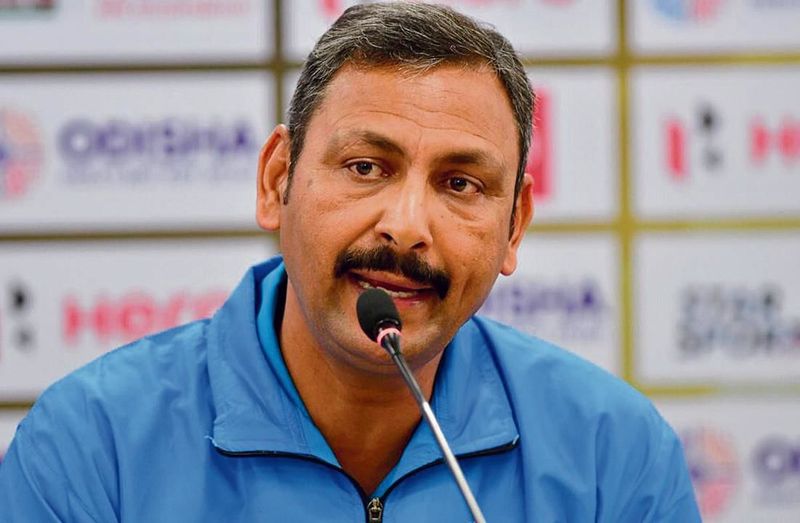Trump Declares Pakistan-Afghanistan Conflict “Easy” for U.S. to Resolve as He Offers to Mediate
- byAman Prajapat
- 18 October, 2025
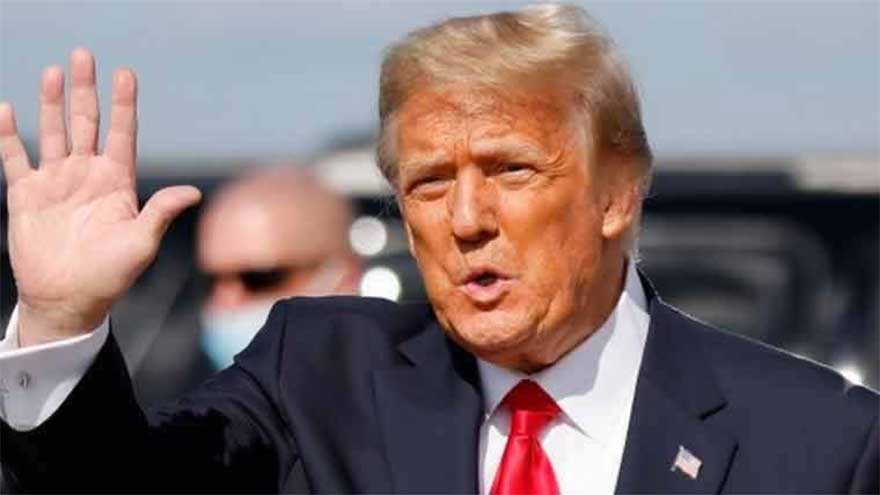
In a striking turn of events, U.S. President Donald J. Trump declared on Friday that the escalating conflict between Pakistan and Afghanistan is “easy” for the United States to resolve — and that he intends to step in.
In his remarks to the press, Trump said he had heard of the hostilities and would get involved “because I’m good at solving wars, I’m good at making peace.” He emphasized that preventing further loss of life along the long and volatile Pakistan-Afghanistan border was a priority.
Background
Tensions between Pakistan and Afghanistan reached a new high during recent border exchanges that are being described as the worst in years. The frontier spans approximately 2,600 km (1,600 miles) and is known for complex terrain and decades-old grievances.
According to reporting by Reuters, Pakistani troops were placed on high alert after weekend clashes left dozens dead and caused disruptions to trade through border crossings. Meanwhile, Afghan officials say the Pakistani strikes violated previous arrangements and led to civilian casualties.
Diplomatic efforts are underway: negotiators from both Islamabad and Kabul met in Doha for talks aimed at de-escalation, and the two sides agreed to extend a previously enacted 48-hour ceasefire to enable dialogue.
Trump’s Statement and Proposed Role
When asked aboard Air Force One as he travelled from Washington to Israel, President Trump said:
“I hear there’s a war now going on between Pakistan and Afghanistan… I said, I’ll have to wait till I get back. You know, I’m doing another one… because I’m good at solving wars.”
He added that he “likes stopping people from being killed,” thereby framing U.S. involvement in humanitarian as well as strategic terms.
While calling the matter “easy,” Trump did not yet outline a detailed plan of how the mediation will proceed—nor did he specify the conditions or mechanisms for his involvement.
Reaction & Context
The border dispute has multiple layers: Pakistan accuses Afghanistan of allowing militants to launch attacks on Pakistani territory; Afghanistan, now ruled by the Taliban since 2021, denies such claims and insists on its sovereignty.
Analysts caution that Trump’s claim of ease may underestimate the deep-rooted historical, ethnic, tribal and geopolitical complexities of the region. The Pakistan-Afghanistan frontier has seen decades of proxy conflict, competing allegiances, and challenging terrain.
Moreover, the involvement of other external players (such as China, the U.S., regional powers) and non-state actors adds further complication.
Nevertheless, Trump’s offer signals a potential turning point: an American willingness to again engage, publicly at least, in South Asia’s fraught border dynamics. Some view this as a recalibration of U.S. strategy in the region under the current administration.
What’s at Stake
Human cost: The recent border violence reportedly killed and wounded numerous individuals, including soldiers and civilians—raising urgency for de-escalation.
Trade and livelihoods: The closure of border crossings has interrupted trade flows, causing economic strain for communities on both sides.
Regional stability: A lasting Pakistan-Afghanistan conflict risks destabilising the broader region, including spill-over into neighbouring countries and complicating counter-terrorism efforts.
U.S. credibility & engagement: Trump’s public intervention raises questions about how and whether the U.S. will follow through on mediation and what leverage it will bring.

What Comes Next
Definition of mechanism: It remains to be seen how the U.S. will structure its mediation role—whether through direct talks, tri-party engagement (with Pakistan, Afghanistan and a neutral facilitator), or via regional organisations.
Incentives & guarantees: Both Islamabad and Kabul will likely seek assurances and incentives. Pakistan may demand concrete action against militants; Afghanistan may insist on sovereignty protections and non-interference.
Timeline & deliverables: For the conflict to move from flash-point to resolution, a timeline with clear steps (ceasefire, verification, border monitoring, socio-economic support) will be needed.
Follow-through & accountability: A major risk in such diplomacy is lack of follow-through. Trump himself will need to commit resources and credibility. Observers will watch whether the U.S. acts as broker or simply commentator.
Regional players: China, India, Iran and Gulf states may also have stakes and could either support peace efforts or promote rival alignments—so their engagement will matter.
Conclusion
In short: President Trump’s bold assertion that the Pakistan-Afghanistan conflict is “easy” for him to solve reflects ambition and confidence, but also raises eyebrows given the thorny history of the frontier. The offer of U.S. mediation arrives at a moment of heightened risk and urgent need—but the road from rhetoric to resolution is far from guaranteed. If Washington intends to step in meaningfully, it will need more than grand statements; it will need clear strategy, sustained engagement and credible incentives.
We’ll keep monitoring how Islamabad, Kabul, and Washington manoeuvre this opportunity—and whether what looks easy from across the ocean will prove so on the rugged terrain of a complicated border zone.
Note: Content and images are for informational use only. For any concerns, contact us at info@rajasthaninews.com.
"Peter Dutton Affirm...
Related Post
Hot Categories
Recent News
Daily Newsletter
Get all the top stories from Blogs to keep track.




